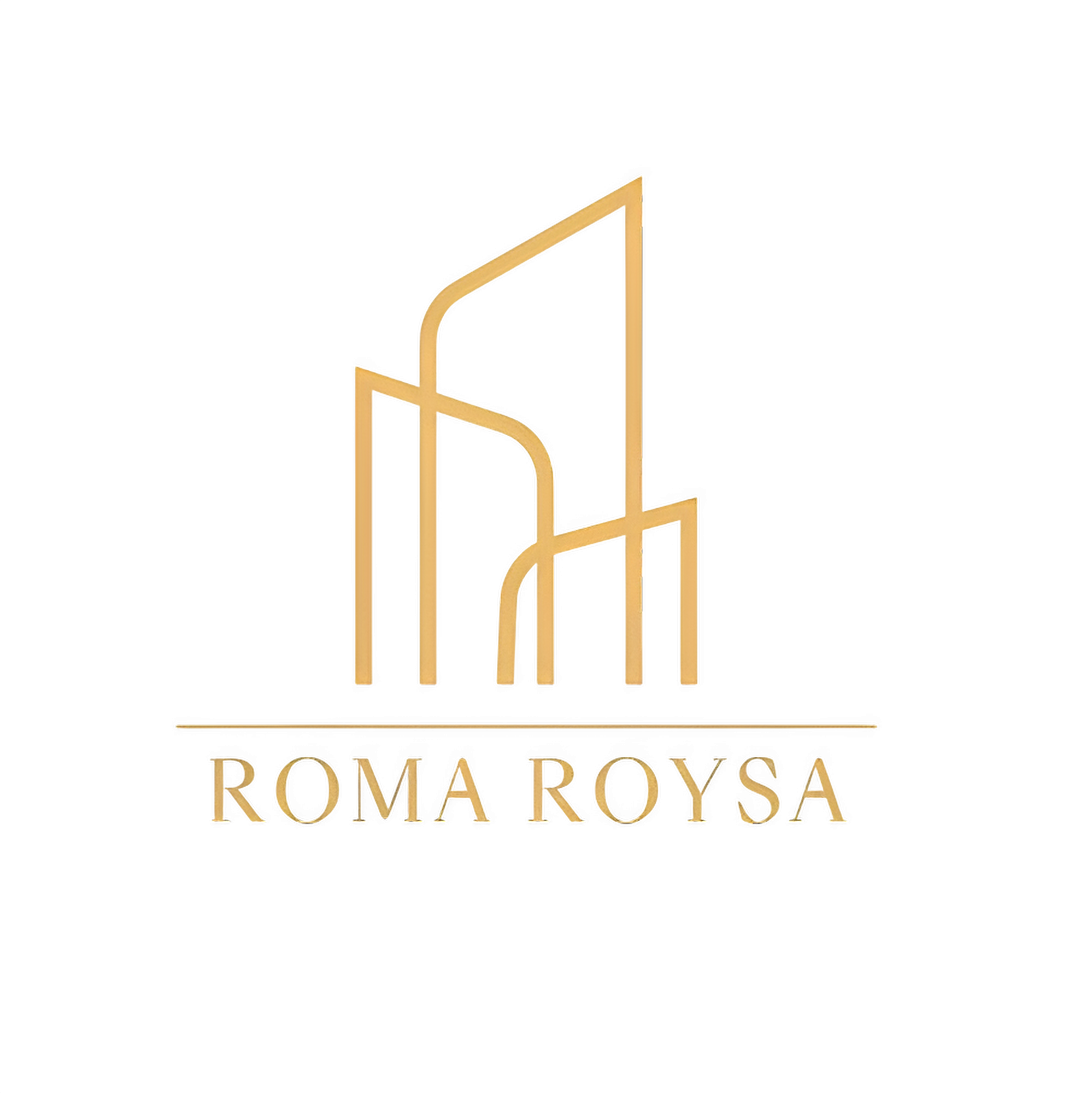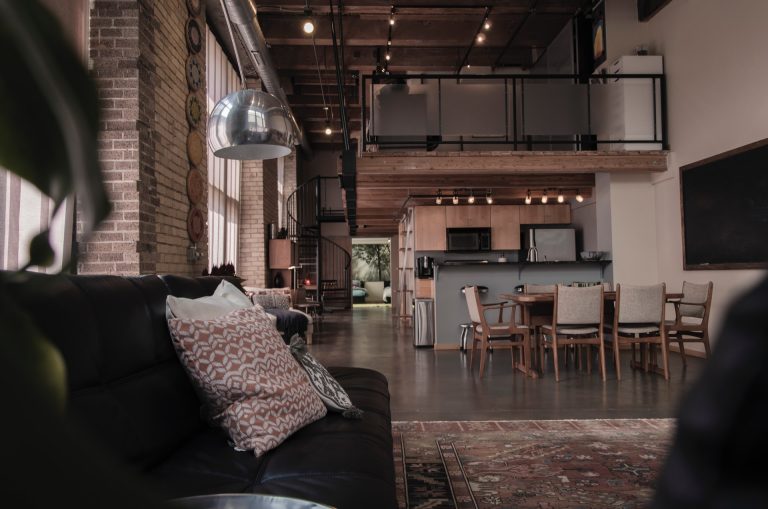Interior design is the art of creating beautiful, efficient, and pleasant spaces. It encompasses principles such as balance, proportion, harmony, and emphasis, each playing a crucial role in crafting attractive environments. The designer’s creativity is vital in this process, from selecting colors and textures to choosing the right materials and furniture, all requiring an innovative and imaginative approach.
Being economical is also of great significance. Efficient use of available resources, cost reduction, and the implementation of innovative solutions can help designers deliver cost-effective and sustainable projects. Selecting high-quality yet affordable materials, optimizing energy consumption, and managing costs intelligently are some of the strategies for economical efficiency in interior design.
Reducing material waste is another important aspect. By leveraging new and precise technologies in cutting and installing materials, the amount of waste can be minimized. This not only aids in cost savings but also has a positive impact on environmental preservation.
Interior design requires creativity, precision, and resource management to create beautiful, efficient, and sustainable spaces. Attention to the clients’ needs and preferences is also crucial in this process and can contribute to the success of interior design projects.

